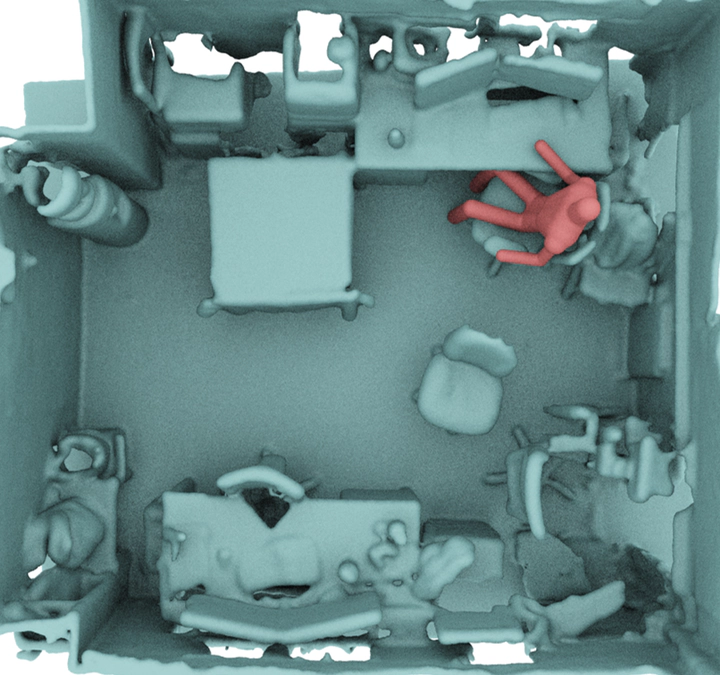[CVPR16] Inferring Forces and Learning Human Utilities From Videos

Abstract
We propose a notion of affordance that takes into account physical quantities generated when the human body interacts with real-world objects, and introduce a learning framework that incorporates the concept of human utilities, which in our opinion provides a deeper and finer-grained account not only of object affordance but also of people’s interaction with objects. Rather than defining affordance in terms of the geometric compatibility between body poses and 3D objects, we devise algorithms that employ physics-based simulation to infer the relevant forces/pressures acting on body parts. By observing the choices people make in videos (particularly in selecting a chair in which to sit) our system learns the comfort intervals of the forces exerted on body parts (while sitting). We account for people’s preferences in terms of human utilities, which transcend comfort intervals to account also for meaningful tasks within scenes and spatiotemporal constraints in motion planning, such as for the purposes of robot task planning.